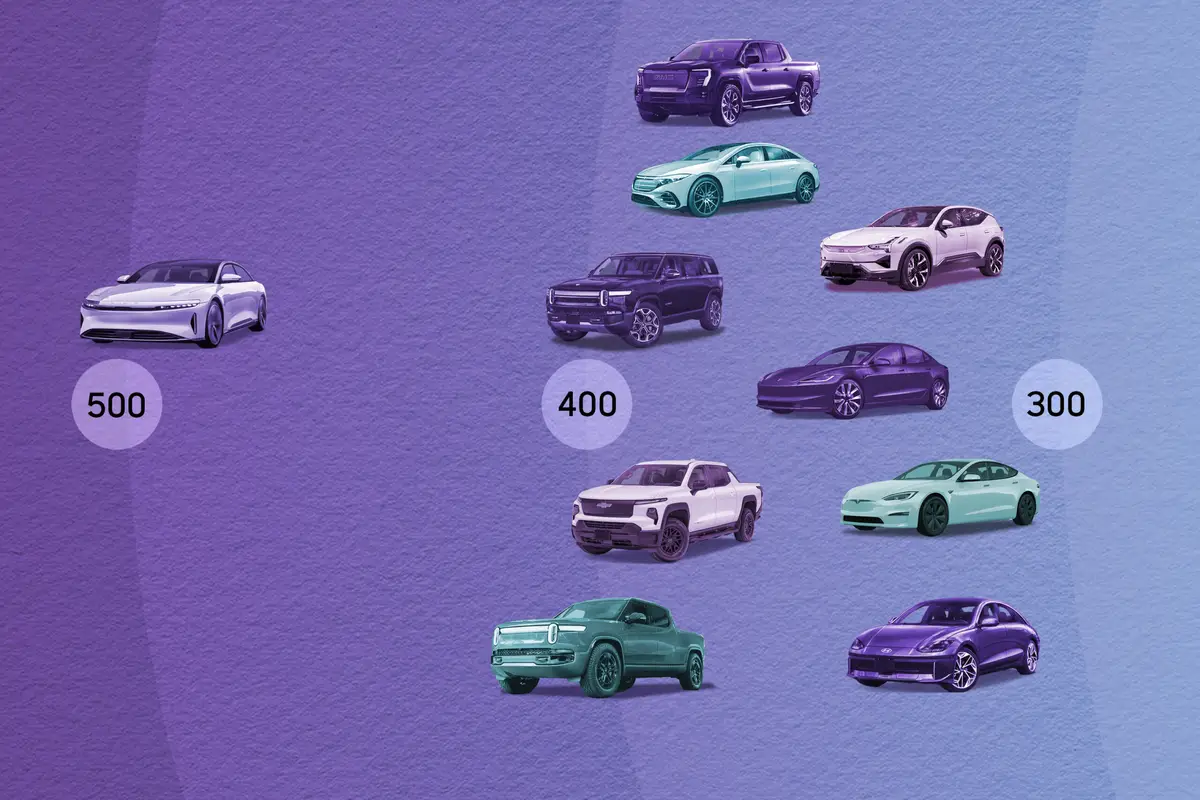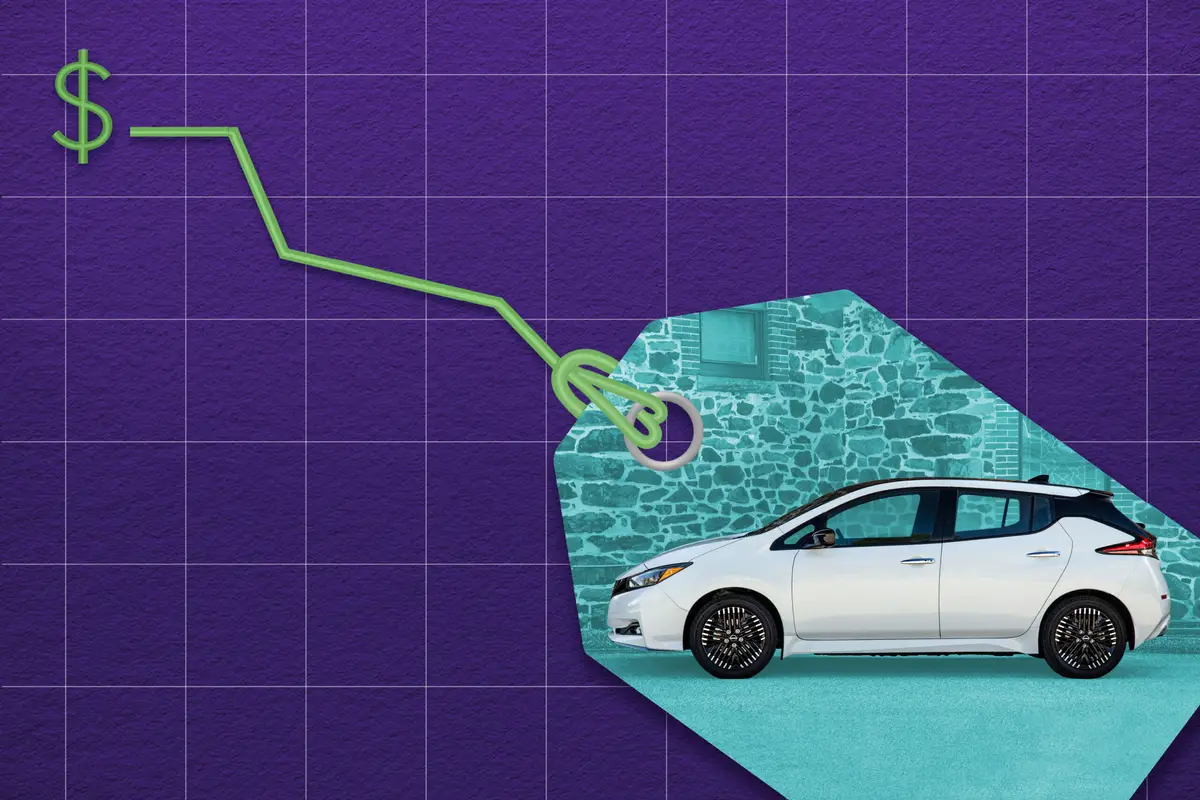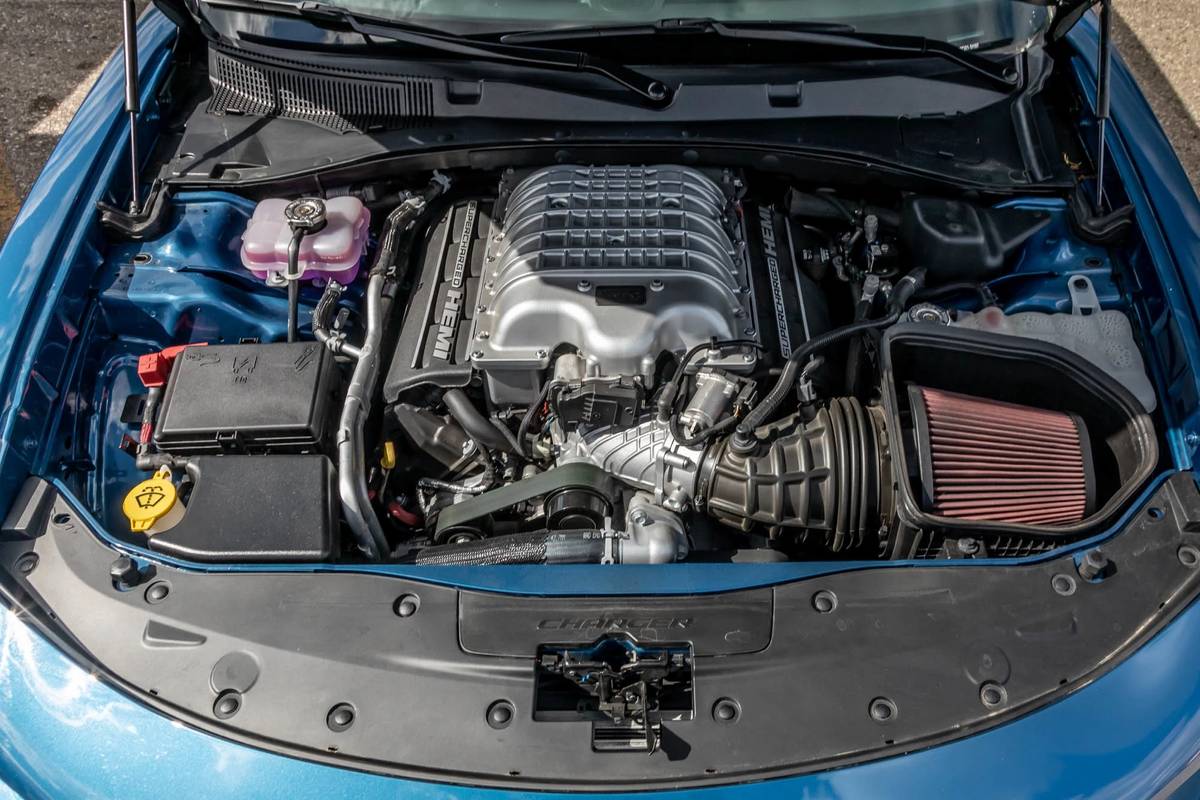washingtonpost.com's view
It was a car appropriate for the times — spare, base, depressing.
It had crank windows, the kind you manually roll up and down.
It was bereft of entertainment value — no radio, no connections for iPod or MP3 player, no navigation system or video screen.
There was a blank space where a radio would be found on the instrument panel of a normal car. But there was little normal about the subcompact 2009 Nissan Versa 1.6 sedan, a conveyance more symbol than automobile.
It was an exercise in motorized austerity.
Among young people unaccustomed to such things as crank windows and manually operated door locks, it came as a shock.
“Is this a joke?” asked Q Manglapus, the 13-year-old son of my Washington Post associate for vehicle evaluations, Ria Manglapus.
The boy wasn’t laughing. There was a trace of horror on his face, something akin to the expression of a child seeing what no child should see, a child being asked to understand what no child could, or should be asked to understand.
“Is this a joke?”
No, it isn’t.
It is what we have come to in an age when banks borrow money from taxpayers in order to exist as banks, when financiers receive bonuses for bankrupting finance companies, when pink slips flow like rivers from businesses going out of business.
It is all many people, desperately in need of personal transportation, can afford in an age of hostile economic climate change — rising unemployment, vanishing retirement savings, frozen credit.
It’s no joke. It is, instead, what Nissan officials believe is a possible answer to hard times. It’s the generic car — four wheels, front-wheel drive, an engine, a five-speed manual transmission and a steering wheel.
There are seats for five people. They are monks’ chairs covered with the moral equivalent of sackcloth — a durable, but less-than-comfortable, decidedly unattractive fabric.
The most basic vinyl — the hard, gray-colored industrial sort — serves as covering material for the Versa 1.6’s instrument and door panels. It is what you get from Nissan in the United States for a car with a base sticker price of $9,900.
The question: Will getting it get you where you have to go?
The answer: Yes it will; and it will do so reliably and economically — from 34 to 40 miles per gallon on the highway, depending on your driving style, which can be surprisingly spirited in the little stripper Versa 1.6.
It’s no joke.
You can rediscover the joy of driving in this car, because there is nothing in or about it to distract you from the task of driving. You key the ignition, step on the clutch, put it in gear, hit the accelerator and go.
There’s no fussing with the steering wheel, because the steering wheel isn’t adjustable. It’s stuck in a fixed position, as frozen as credit. Take it or leave it.
We took it and found to our surprise that austerity motoring has its advantages. It’s actually faster. Besides not having to bother with getting the Versa 1.6’s seats or steering wheel into the right position, there’s no time wasted hunting for the right radio station, or plugging in this or that.
And if driver and passengers choose not to talk, the driving experience is almost Zen-like — the calming zip-zip buzz of the Versa 1.6’s inline, four-cylinder, 107-horsepower engine; the gentle whizz-slap-bump of its 14-inch-diameter radial tires against the road; the whirr-wheeee sound of air rushing through the gaps between its door and hood fittings.
It is an experience more revelatory than humbling. It is what many of us loved about driving long ago when flipping hamburgers was only a part-time job, a way to get gas money. It is a celebration of the very idea of the automobile, of being able to get behind the wheel of anything capable of motorized movement and making it go.
ON WHEELS WITH WARREN BROWN Listen from noon to 1 p.m. Tuesdays on WMET World Radio (1160 AM) or http://www.wmet1160.com.
Latest news



